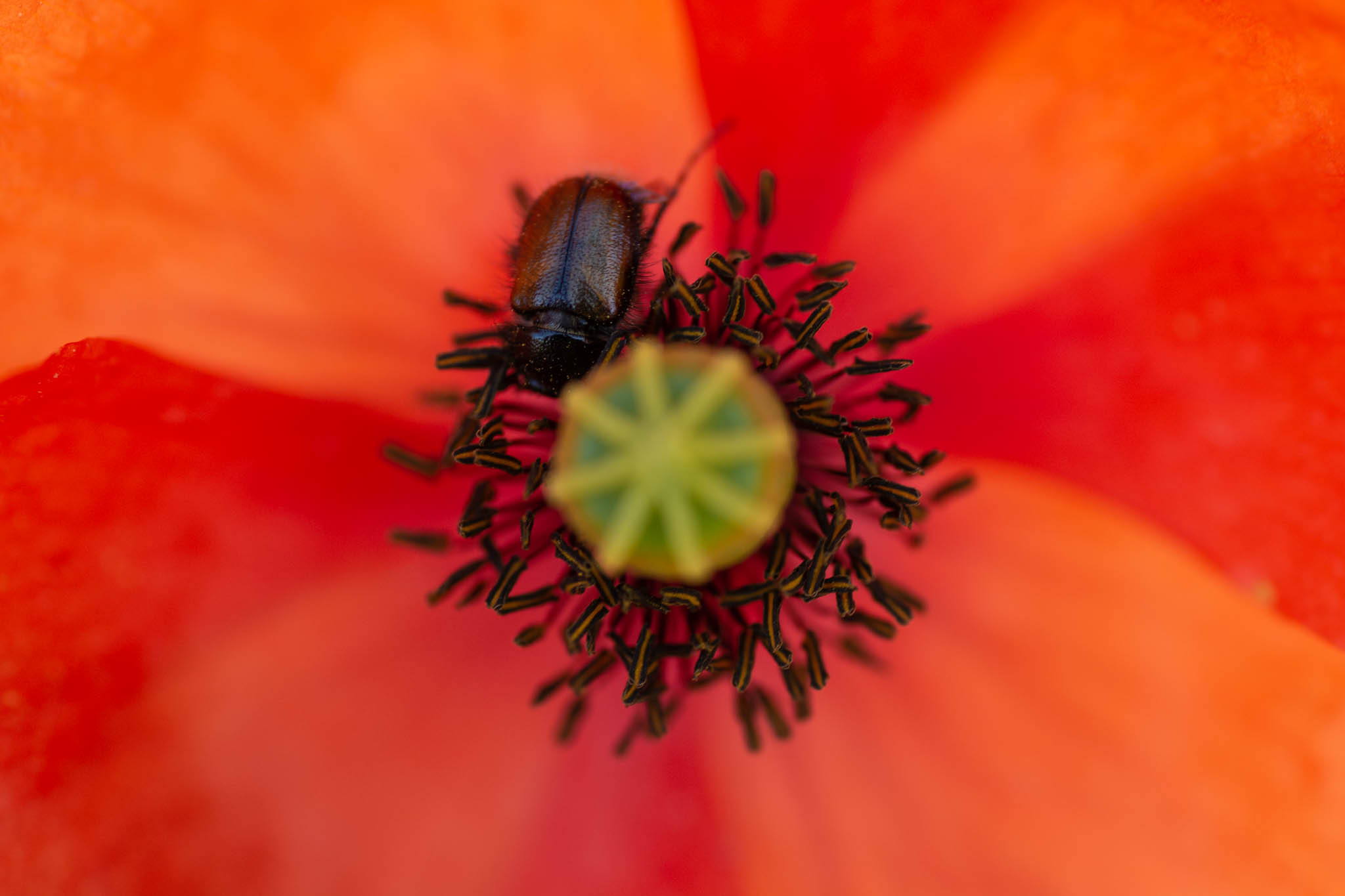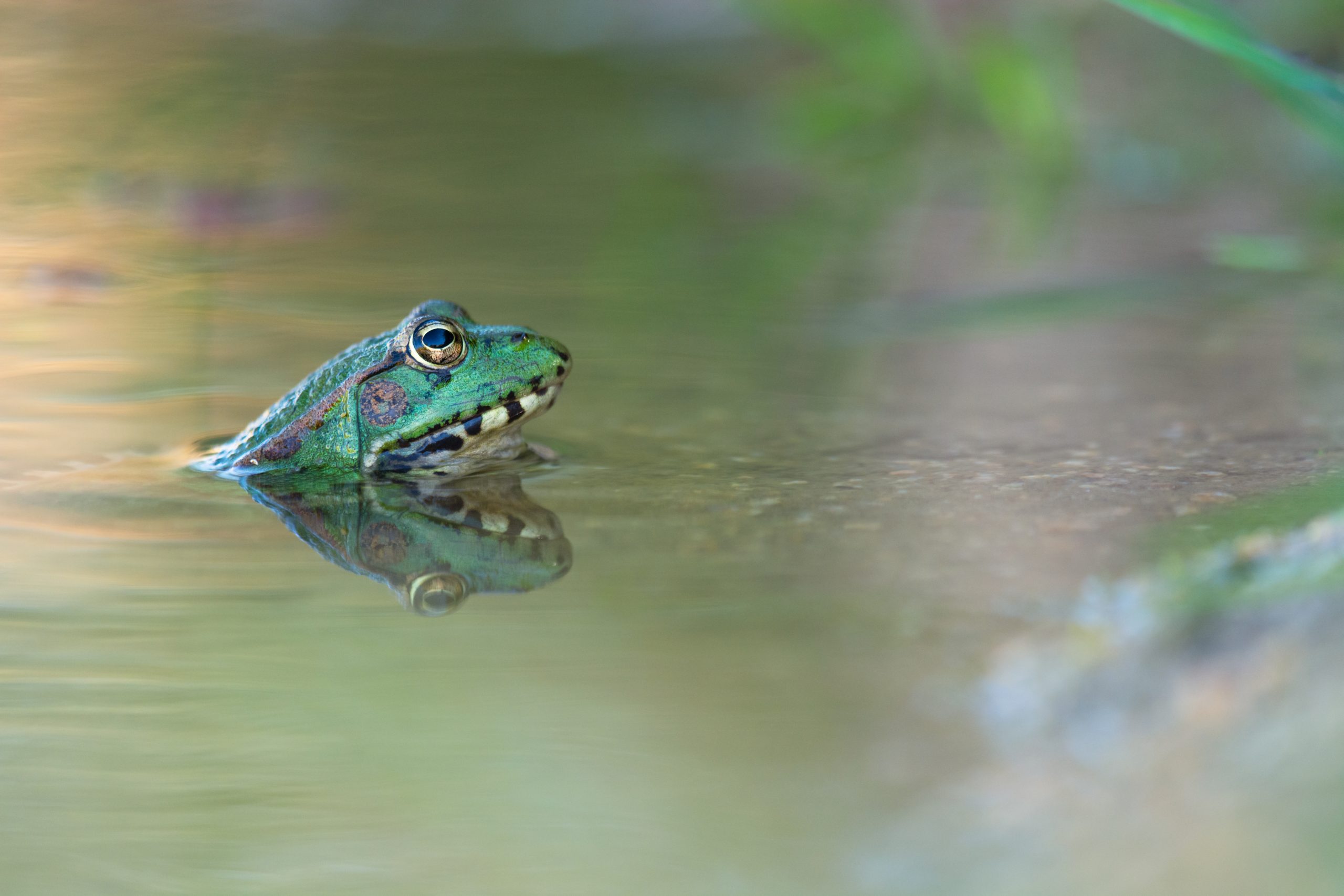I was checking my social media when a post caught my attention. Rewilding Portugal is offering an experience for two days to follow the nature photographer Juan Carlos Muñoz in a photo mission? – I thought! I’ve been following Juan Carlos work for some time and he’s been a reference to me. This would be a unique opportunity, not only to get to know him and learn new stuff related to photography, but also to learn about the project “Life Wolflux” that Rewilding Portugal is developing. I wasn’t aware of the contest until the very last day, but I managed to send my application just in time. The next morning, Monday, I received a call, saying that I had been chosen and it was time to travel to Guarda that same day. On Tuesday, early in the morning, I met Juan Carlos, Mar (his wife) and Pedro, who is the coordinator of the project. We left immediately to the first location of the photo mission, the riberira das cabras (“river of goats”). Pedro told me that in this place the presence of wolves has already been recorded, which does not surprise me taking into consideration the quality of the habitat. This place is incredible, next to the river dominates the typical vegetation of riverside areas which is successively replaced by holm oaks. We stopped in an area covered in different species of flowers, but the ones that caught my attention were the poppies (Papaver dubium). While Juan Carlos was taking some photos with the drone, I decided to photograph them. Although the poppies are beautiful, photographing flowers is always a challenge for me. I tried two different techniques, first I included all the flower in the frame and finally I did a close up, which turned out better than I expected.


Then me and Juan went closer to the river to see if we could find some animals to photograph. The croaking of the green frogs could be heard intensely through the vegetation, and although they were easy to find, the light wasn’t the ideal. While Juan and I were discussing composition techniques and other subjects related to nature photography, we saw something a little different over a rock. It was a Spanish pond turtle (Mauremys leprosa), I had never seen this species and I was quite excited. Light wasn’t still very good, but the river was covered with flowering aquatic plants, forming a white mantle on the water, a scene worth of a photo.

A few minutes later a black silhouette passed over us and once again I was speechless, I couldn’t believe it was a black stork (Ciconia nigra), a rare animal that nest in this region of the country.
After a delicious lunch we kept our journey through Faia Brava, a protected private area, where I’ve only been once before, but never had the opportunity to explore it. We started from the southern part of the reserve, looking for the Maronese cows, a native breed from Portugal. These animals are semi-wild in Faia Brava and play the very important ecological role of controlling the growth of vegetation, once made by the large herbivores that existed in the region. The Maronese breed is one of the closest breeds to the wild species that once lived freely in Europe, the aurochs (Bos primigenius). After a few minutes wandering on the beaten tracks, we finally found the herd feeding on a grazing area.

Further on we came across a puddle, with dozens of green-frogs and me and Juan decided to try our luck once again. We photographed them for about an hour and, this time, the images proved to be much superior, one of which I consider to be the best I have ever taken of this species.

One of the surprises of that day was the rock art that can be found in Faia Brava, something I’ve never had the opportunity to see. It’s fascinating to think that thousands of years ago human beings were in that very spot making art. According to Pedro, the rock art of Faia Brava differs from most of the rest found in the Coa valley, because it is painted and not engraved on the rock and because it has more anthropomorphic elements.

While we admired the paintings, several birds of prey soared above us. Most of them were griffon vultures (Gyps fulvus) and Egyptian vultures (Neophron percnopterus), but we knew there was the possibility of observing a golden eagle (Aquila chrysaetos), because a couple nests on the cliffs of this area of Coa valley. When we finally gave more attention to what was happening in the sky, we noticed a different silhouette from the others and concluded that it was what we had been looking for all day, a golden eagle, another new species for me. By this time the sun was approaching the horizon, but we couldn’t call it a day yet, because we still wanted to photograph the Garrano horse, which, like the Maronese cows, are in a semi-wild regime and play the same ecological role. We only found the horses in the northernmost part of the reserve and we had about forty minutes before the light disappeared. The golden colour of the sunset provided an excellent environment for photographing these animals and later for the landscape.


For the second day was planned to photograph some locations of the Natural Park Douro Internacional. We stayed in a farm in the heart of the park, but I only realize the beauty of the place in the morning. A stream meandered through the imposing cliffs, where some birds of prey nest, such as the golden eagle and the peregrine falcon (Falco peregrinus). When we were ready to start our photo shoot, the sun was already high in the sky, but after some searching I was able to find a composition. In this place I was able to observe another species for the first time, the black vulture (Aegypius monachus).

In the afternoon we went searching for a scenario that portrayed the traditional shepherding, that is, we intended to photograph a shepherd dog protecting its sheep.

We continued to a viewpoint with an amazing view to the Águeda river valley. In the steep slopes of the valley several raptors nest, including griffon vultures and Bonelli’s eagles (Aquila fasciata). The northeast of Portugal is an extremely biodiverse place, where it’s possible to observe species that don’t exist or are much less common in other parts of the country. Once again, we were lucky and we saw, besides several griffon vultures, a Bonelli’s eagle, a booted eagle (Hieraaetus pennatus) and a short-toed snake eagle (Circaetus gallicus).


Juan wanted to photograph the colours of spring with the drone and so we drove to an area full of flowering plants that covered the landscape in yellow. This was the ideal spot to photograph some flowers and also insects.


With the day coming to an end we still wanted to photograph cattle in an extensive regime. We went to a huge farm where the presence of the wolf is a possibility. Although we have seen a lot of cattle, it doesn’t seem to affect the quality of the habitat, here the landscape is dominated by open areas dotted by trees and shrubland.

After photographing the cows, the light got better and better and it was time to try our luck with other subjects. The unique beauty of this place inspired me to look for something different in the landscape than I usually do. Finally, I found a tree with the sun shining through the branches.

With the sun almost disappearing, I decided to focus on the birds. First, I saw a corn bunting (Emberiza calandra) singing on a dead tree and I immediately realized that it could result in an excellent image with the sunset colours in the background. Then Juan discovered a cuckoo (Cuculus canorus) hunting not far from where we were. The hunt was going rather well for the cuckoo, until a woodchat shrike (Lanius senator) sneakily stole the caterpillar the cuckoo had hunted seconds ago.


And that was how this unforgettable adventure ended. I only have to thank Rewilding Portugal for the opportunity to meet Juan Carlos Muñoz. Apart from the excellent person, he is also a great professional and I learned a lot from him during these two days. The area of action of this project is spectacular and is full of biodiversity and I think with this project will become even more special. In the end I felt very inspired to go back in the future, to explore this area further and to photograph some of the species and landscapes that was not possible this time around.
Thank you for reading this article. If you have any questions or suggestions feel free to contact me.
